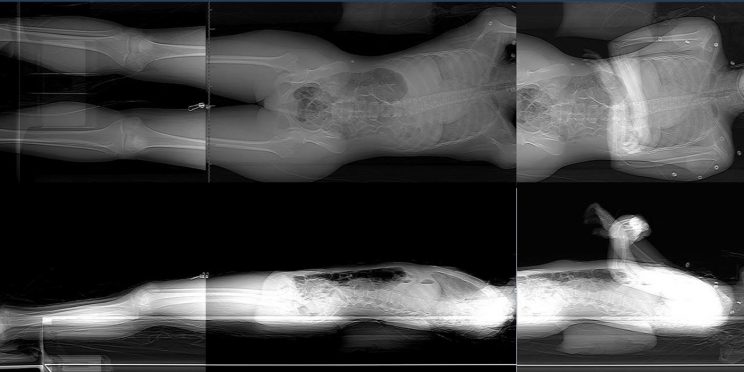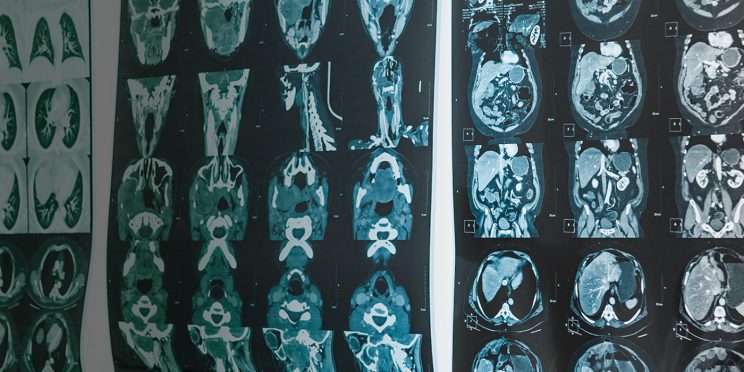National Institute of Justice and Texas State University
Date
April 2015
Overview
In the United States, the Mexican Hispanic population ranks second in total size, yet Mexican Hispanic individuals often remain unidentified in forensic anthropological cases. The reason? There has been very little criteria developed to accurately assess the sex and ancestry of Mexican Hispanic individuals, which are two of the most crucial components of the biological profile. With research grants awarded by the National Institute of Justice (NIJ), Dr. Kate Spradley developed the first ever accurate identification criteria for Mexican Hispanic individuals.
"Without the NIJ funding, none of this would have happened. We wouldn’t be getting proper sex estimates for people who are considered Hispanic, or properly be able to identify their geographic origin with confidence. The funding was absolutely crucial.”
- Kate Spradley, Ph.D. | Biological Anthropologist | Texas State University – San Marcos
The opinions, findings, and conclusions or recommendations expressed in this success story are those of the author(s) and do not necessarily reflect those of the U.S. Department of Justice.
Contact us at ForensicCOE@rti.org with any questions and subscribe to our newsletter for notifications.




